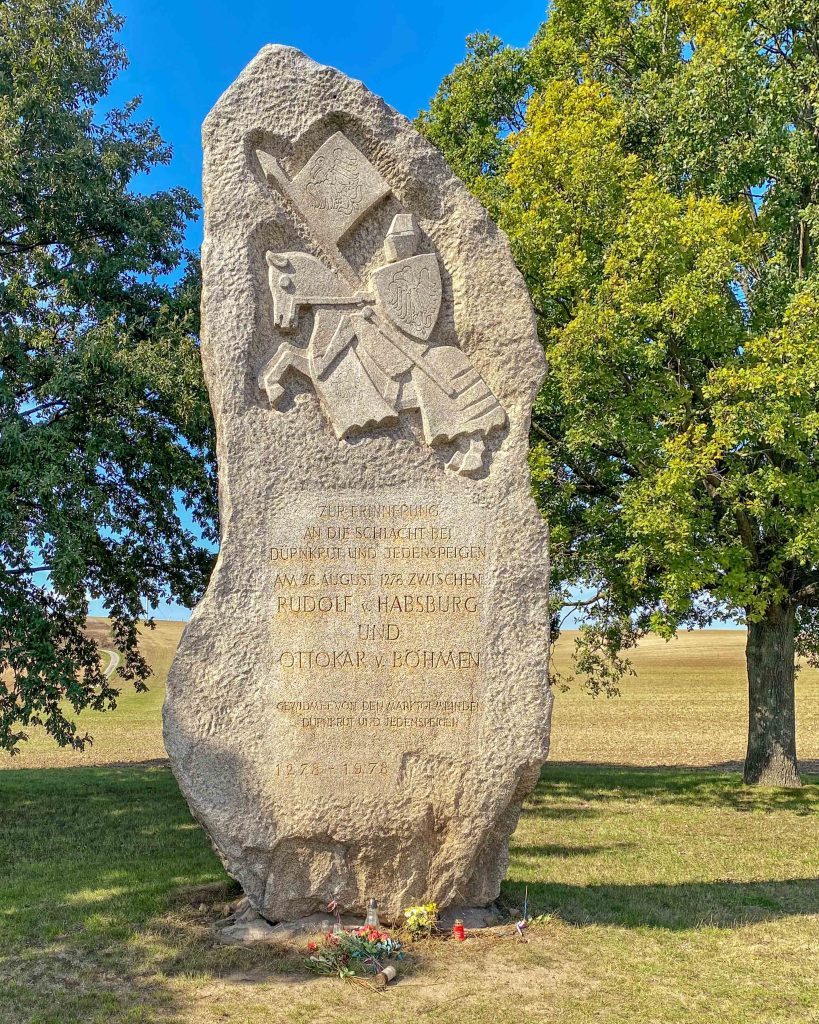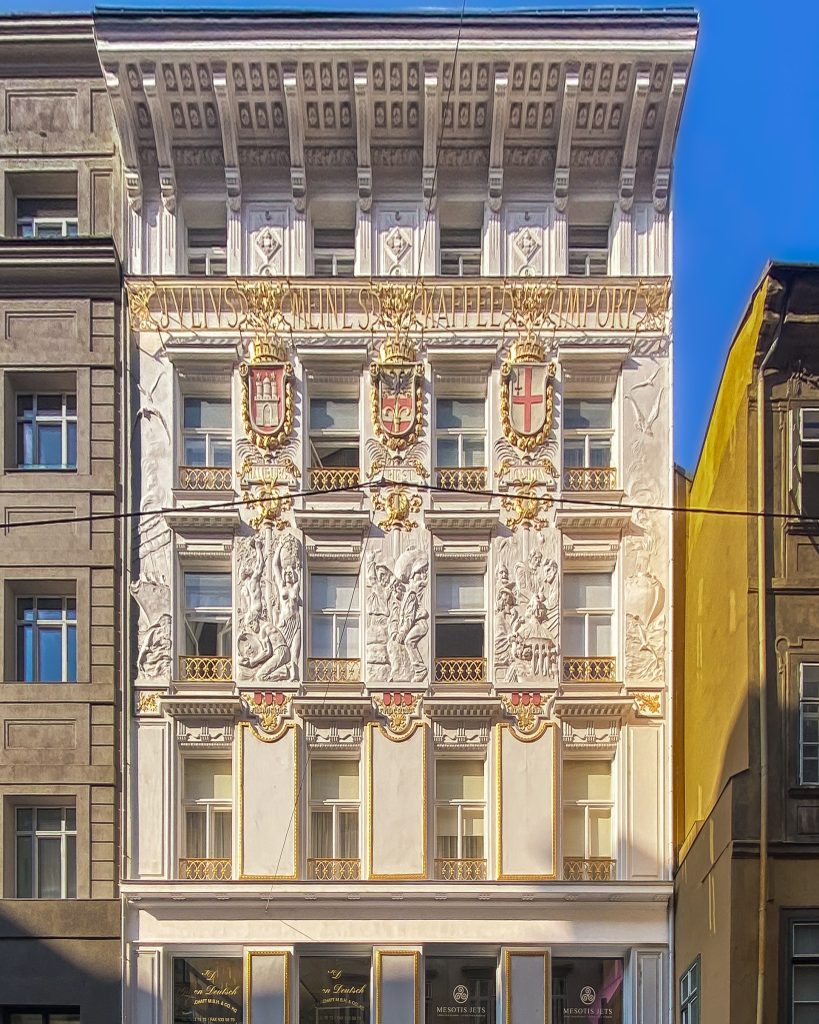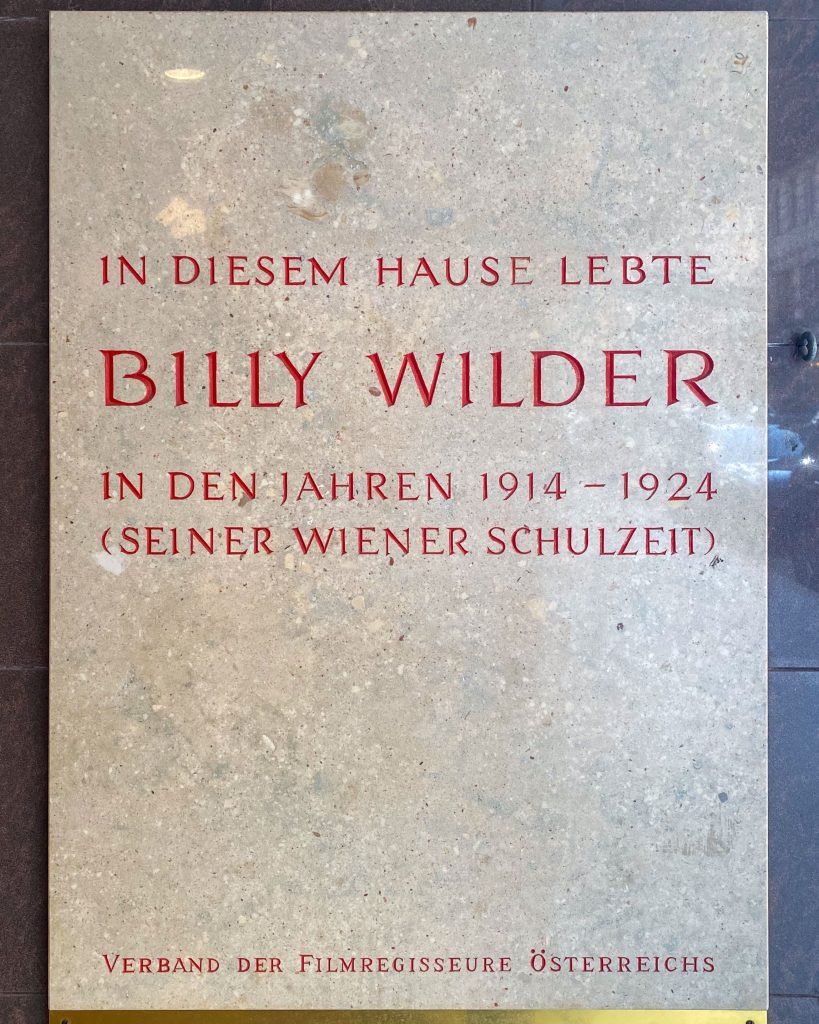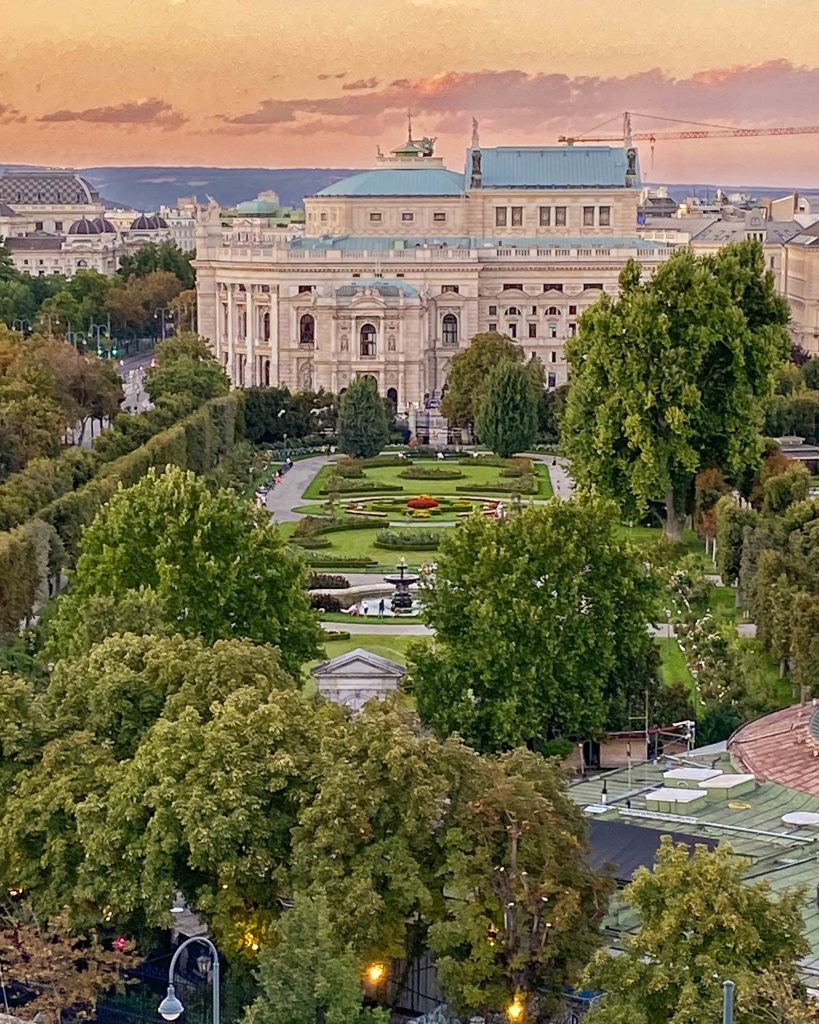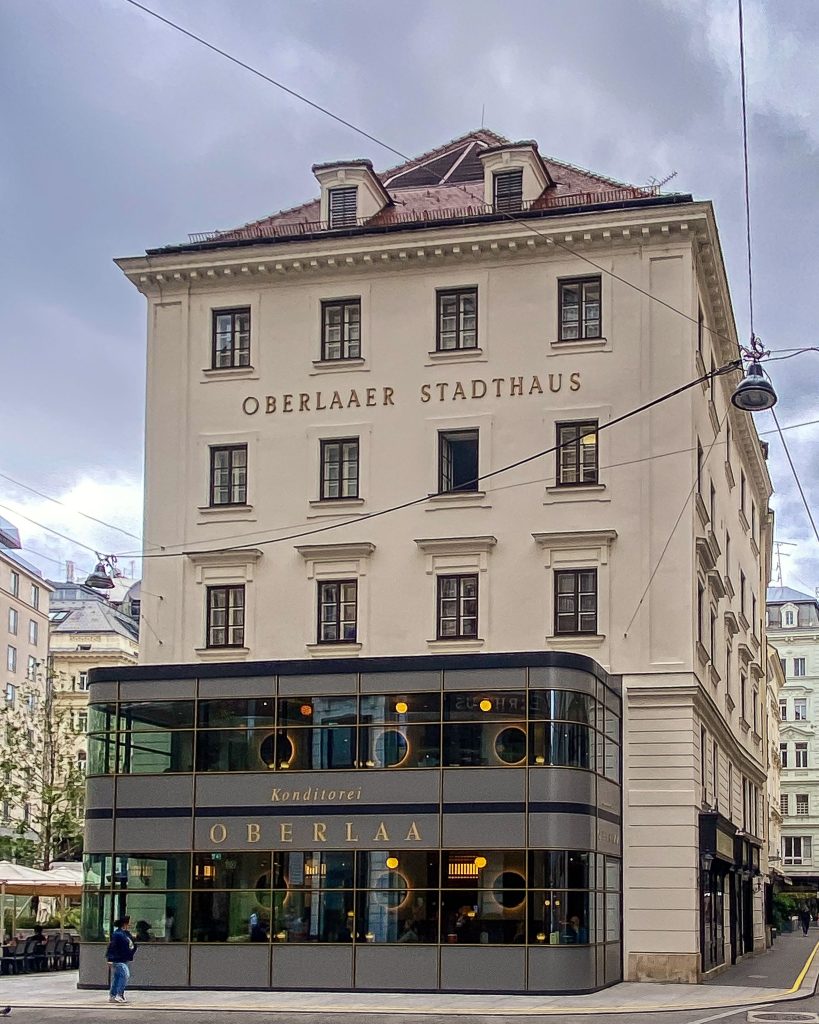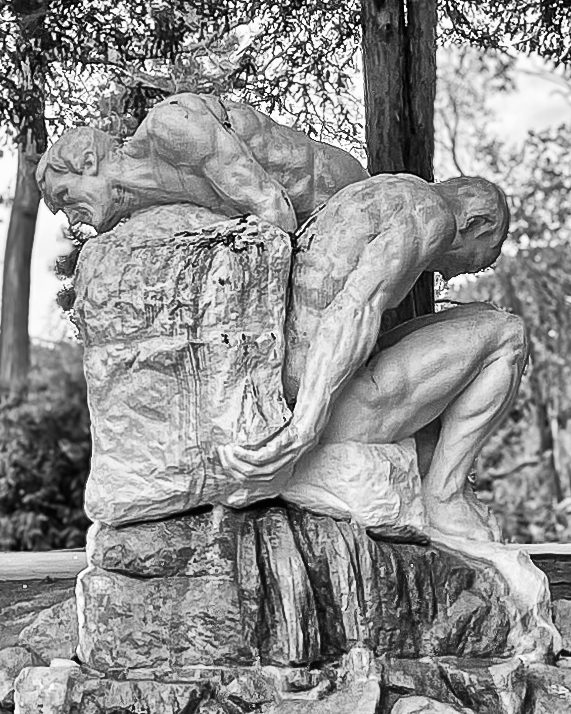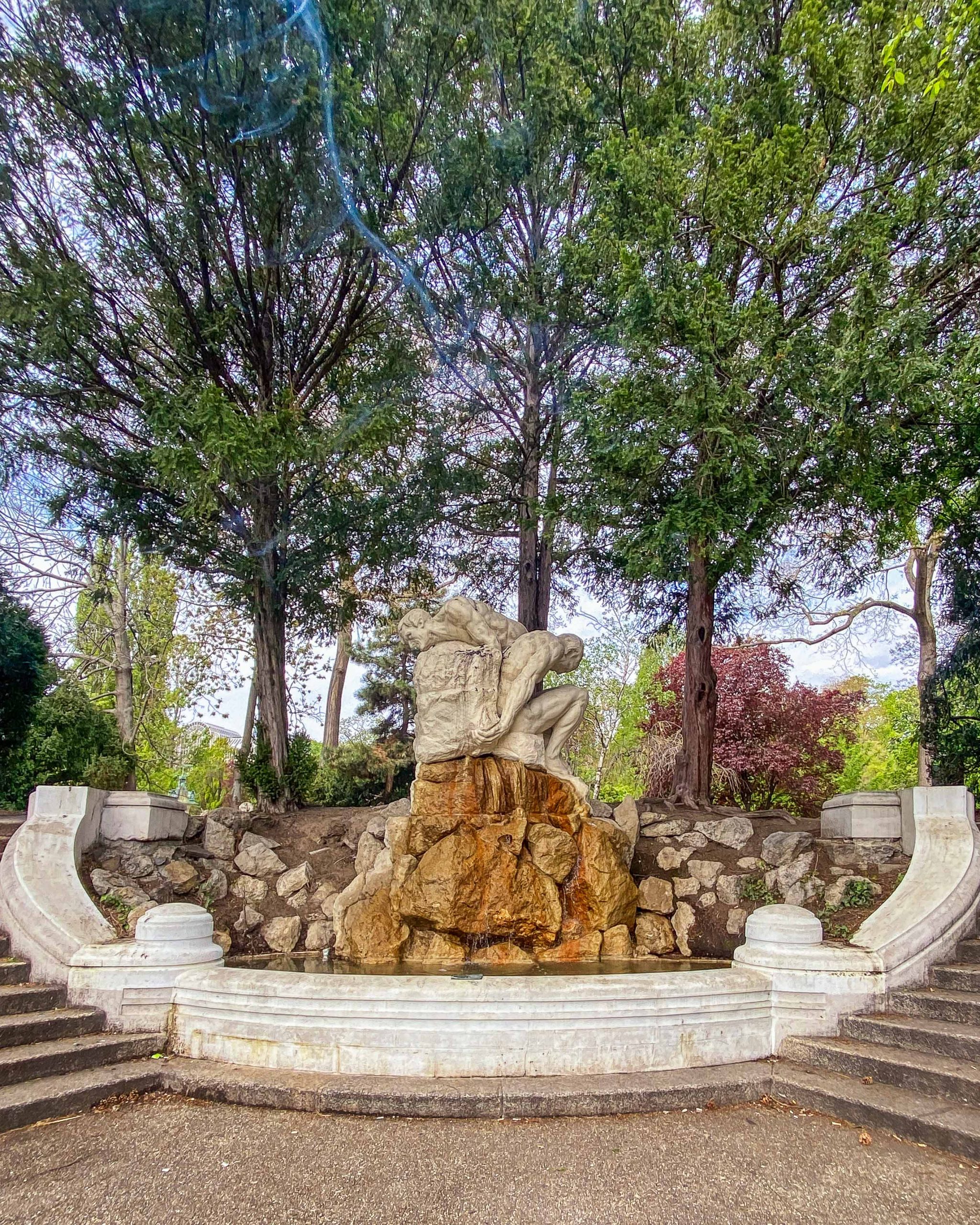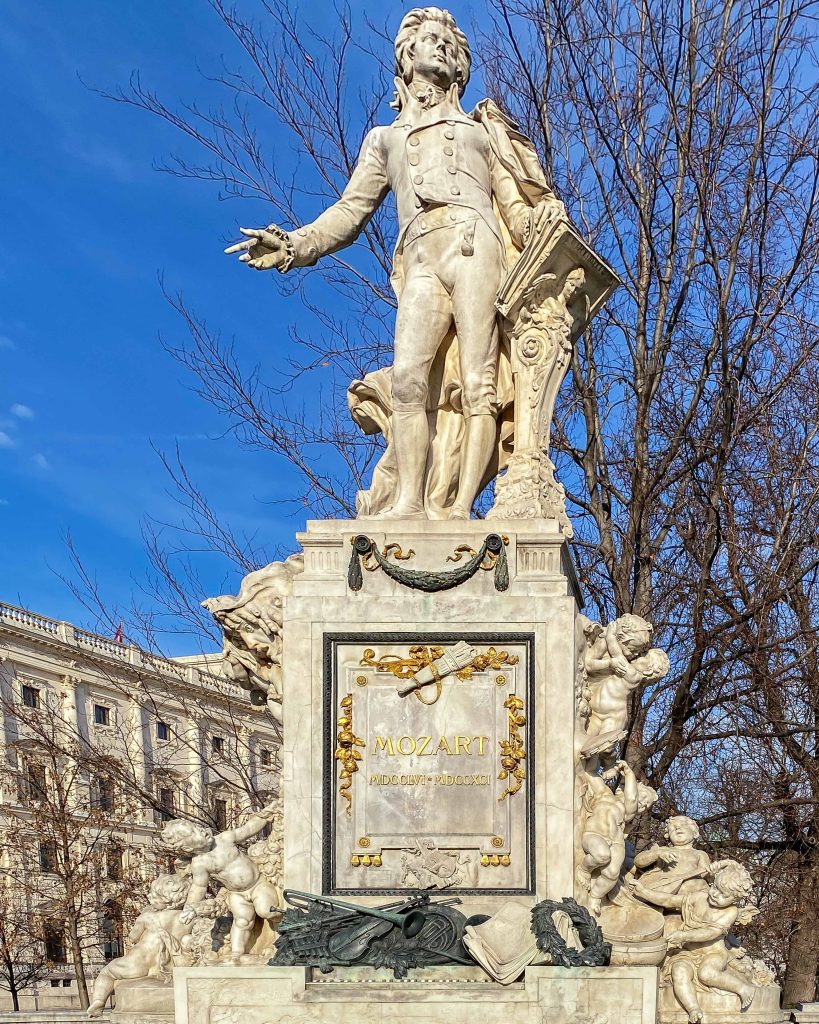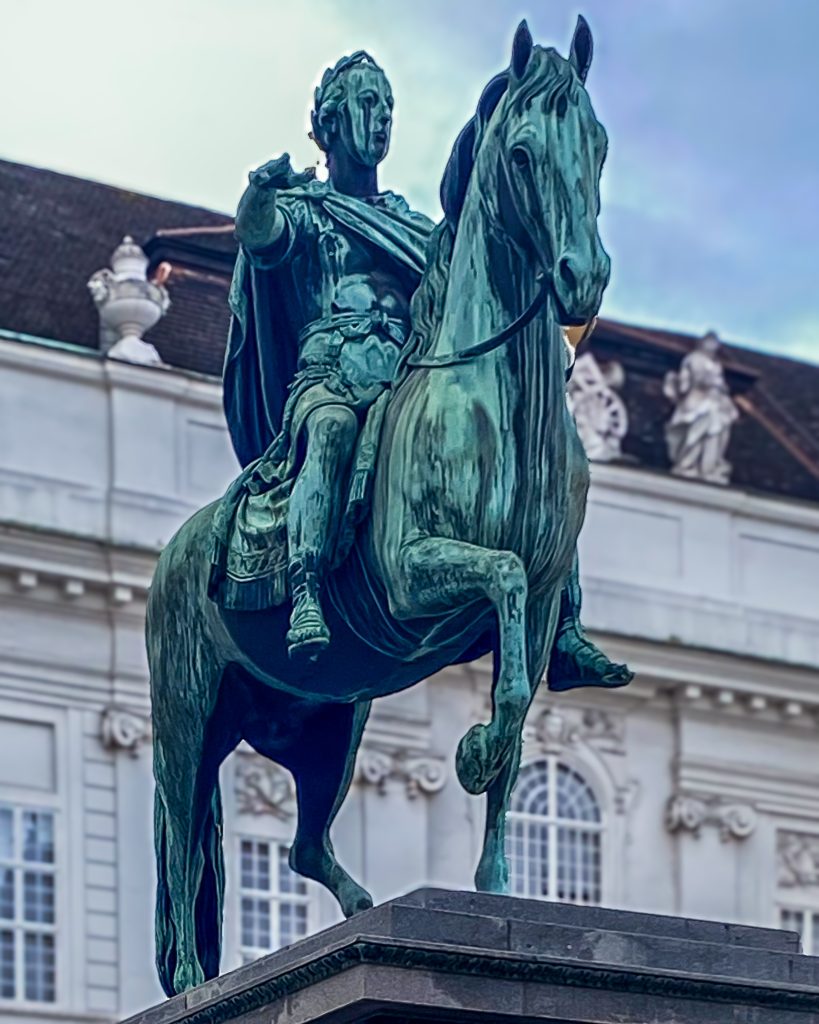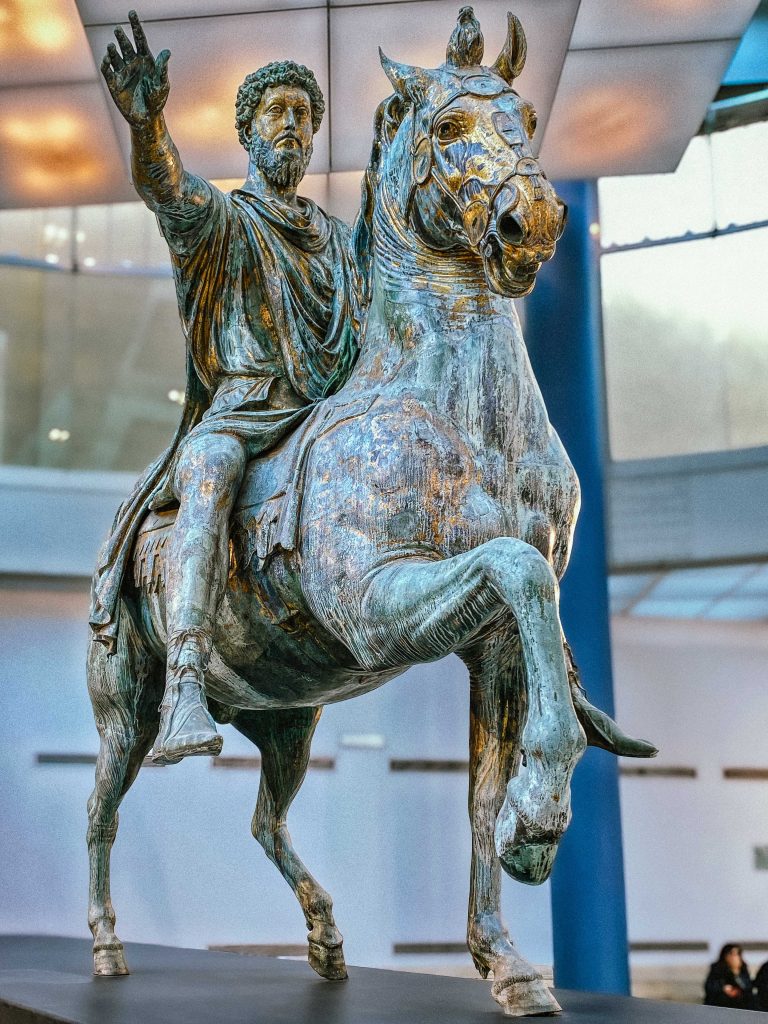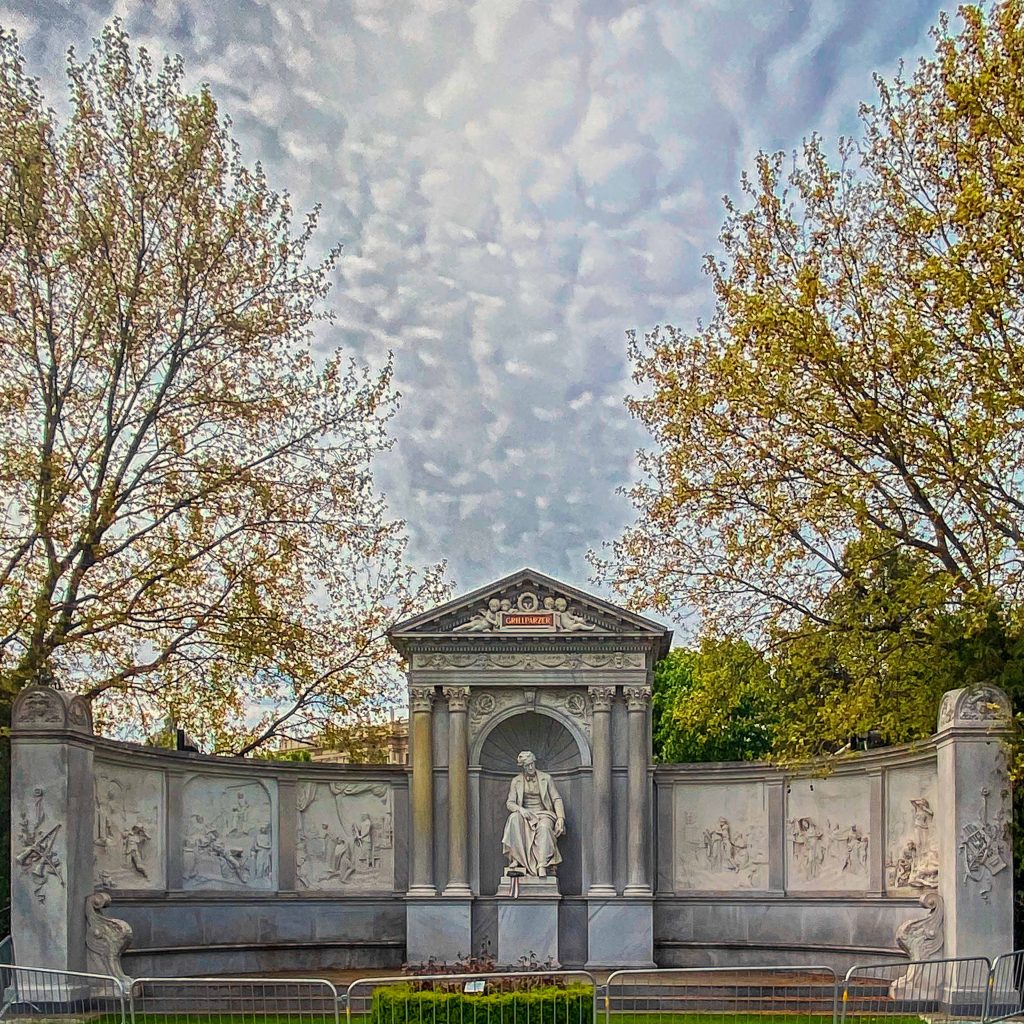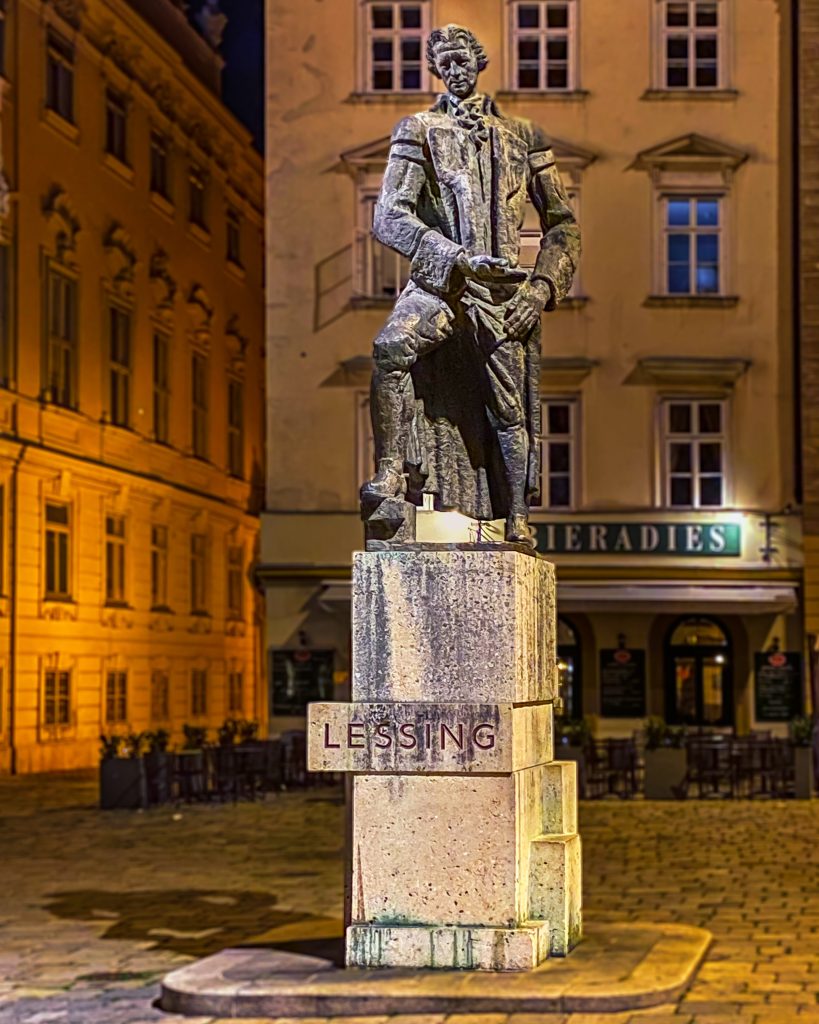Bronze bust of Wolfgang Amadeus Mozart
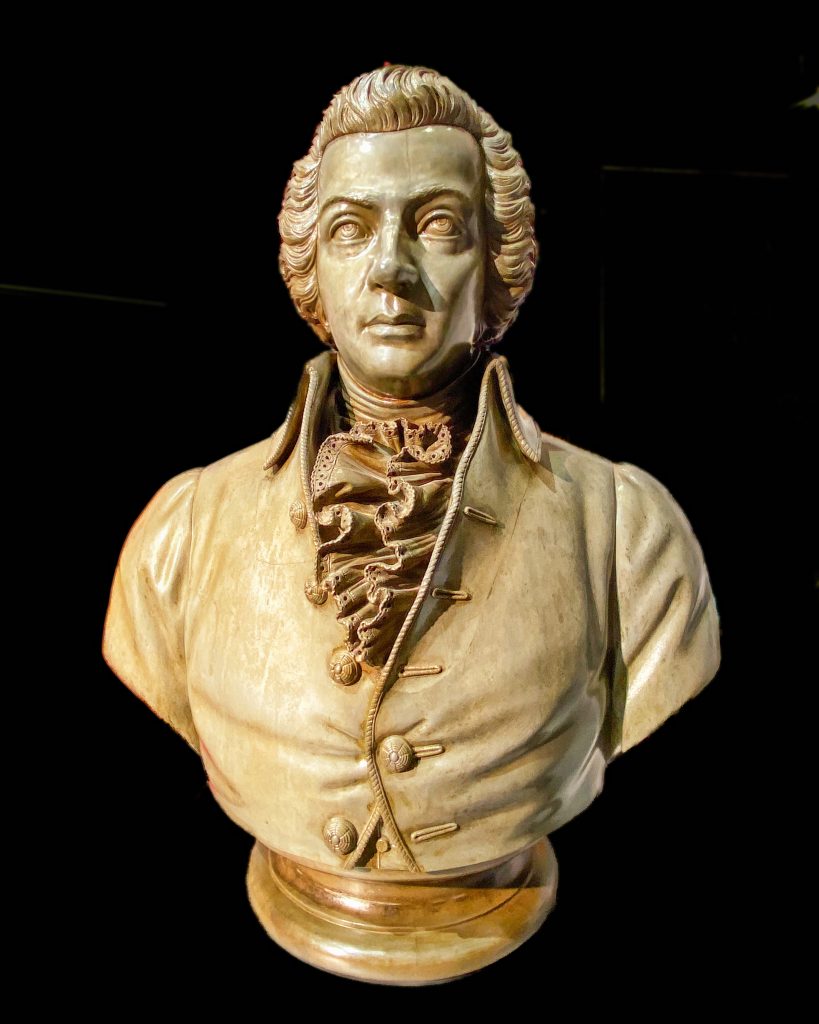
The bronze bust of Wolfgang Amadeus Mozart by sculptor Johann Baptist Feßler from 1849, which impresses with its realistic depiction, was commissioned by art patron and wholesaler Pietro di Galvagni for a memorial in the new building in Rauhensteingasse – the Mozarthof, which had been completed a year earlier.
A memorial plaque on the plinth reminds us that Mozart died in 1791 in the predecessor building next door, in a corner wing rented there. It was the last of his 12 different residences in Vienna; at the beginning, before his marriage, Mozart was still a subtenant.
Today, the bust is located in the entrance area of “Mythos Mozart”, a multimedia presentation of Mozart’s time led by the compositions “The Magic Flute” and the Requiem, which were also composed there.
